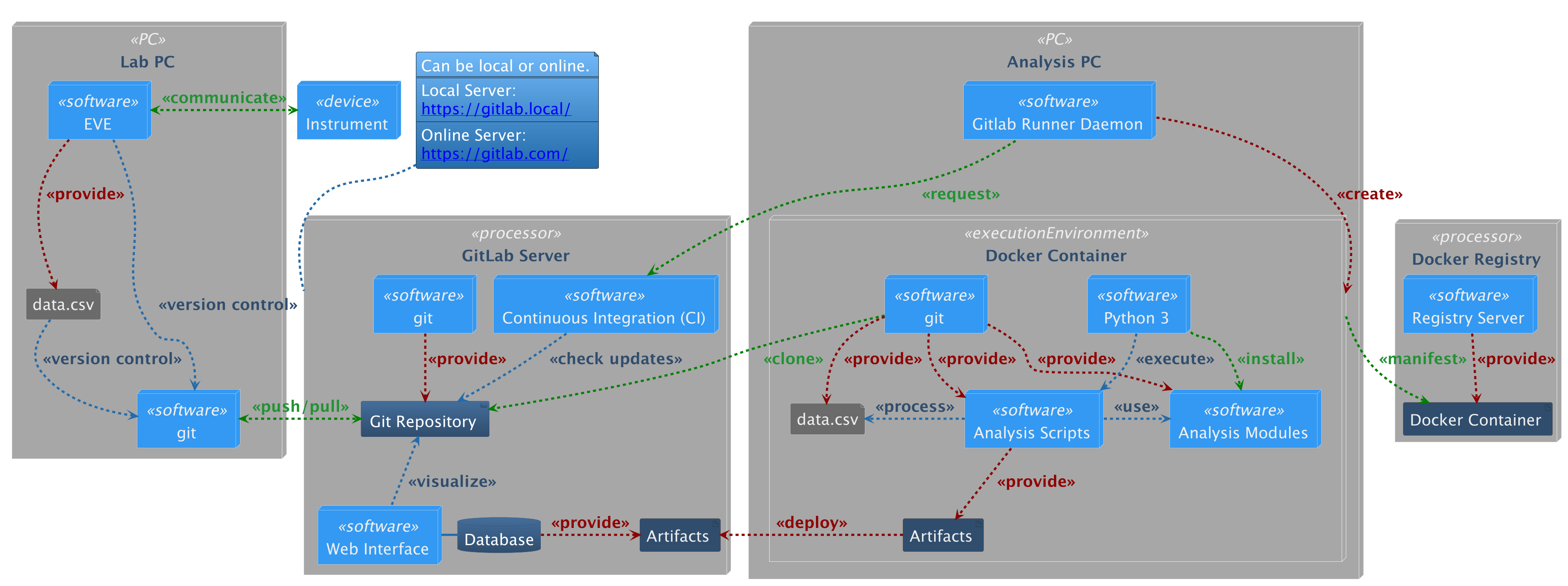Methods in fluctuation (noise) spectroscopy and continuous analysis for high-throughput measurements

Introduction
As a researcher, there is no greater joy than sharing knowledge with the scientific community and contributing meaningfully to our field’s understanding. I am thrilled to announce that my recently published open-access paper cite:&Thyzel_2025 has hit the literary airwaves! This publication marks a significant milestone in my academic journey, as it presents innovative measurement techniques and analysis methods for fluctuation noise spectroscopy.
Background
In fluctuation spectroscopy we use ’noise’ as a signal to reveal hidden patterns. Instead of focusing on the absolute signal value, we study the fluctuations around it – the tiniy variations that are often unwanted but can be highly informative. By analyzing these fluctuations, we gain insights into the microscopic motion and transitions of charge carriers coupled to low-lying excitations in solids.
Fluctuation spectroscopy is a powerful tool for studying the low-frequency dynamics of charge carriers in condensed-matter systems, with applications in improving micro- and nanoscale electronic devices and sensors.
Summary
In this work, we focus on understanding the ubiquitous \(1/f\) -type fluctuations, which are often composed of superimposed two-level systems exhibiting Lorentzian spectra. We provide a comprehensive review of current techniques for spectral analysis, critically evaluating their strengths and limitations. Our approach involves utilizing fast data acquisition devices in cross-correlation setups to quantify instrument noise and extracting the underlying noise spectra.

A major breakthrough in this field comes from our introduction of “Continuous Analysis,” a novel method for high-throughput measurements via automated spectral analysis. We demonstrate the potential of this technique by applying it to magnetic flux noise within the hysteresis loop of ferromagnetic nanostructures, showcasing its capabilities in achieving a FAIR data workflow.
Conclusion
In conclusion, our study highlights the limitations of spectrum analyzers in fluctuation spectroscopy and demonstrates the significant advantages of using data acquisition devices. By automating the measurement process, we can achieve accurate and reliable results with minimal human intervention, paving the way for more precise investigations into the behavior of charge carriers.
Continuous Analysis is more than just an extension of traditional continuous integration methods – it’s bridging the gap between data acquisition and automated analysis. This opens up new avenues for research and discovery, enabling scientists to analyze their data in unprecedented throughput. Our introduction of Continuous Analysis marks a new frontier in scientific analysis, where automation meets analytical rigor.
Key-Points
- Fluctuation spectroscopy as a tool for understanding charge carrier dynamics.
- Measurement techniques for spectral analysis, with focus on cross-correlation setups and fast data acquisition devices.
- Introduction of “Continuous Analysis” for high-throughput measurements via automated spectral analysis.


